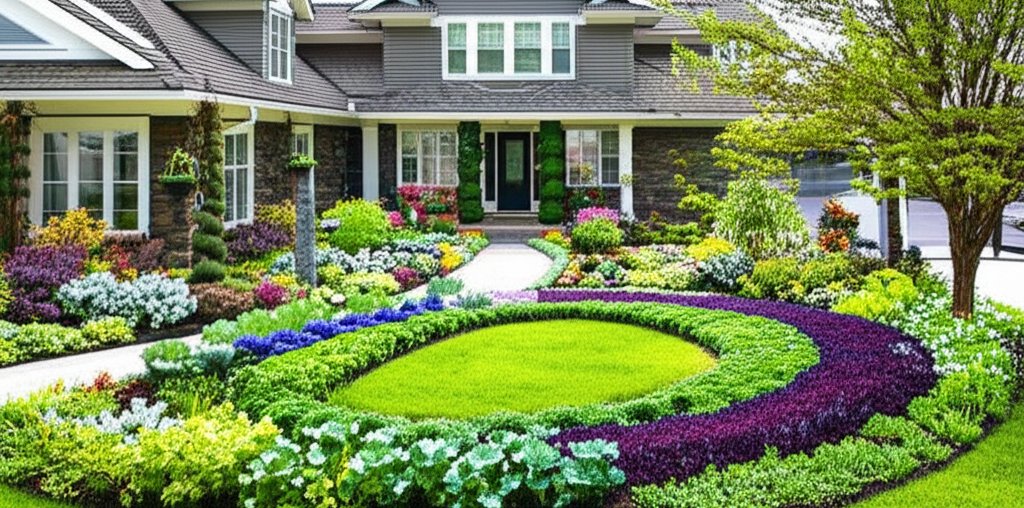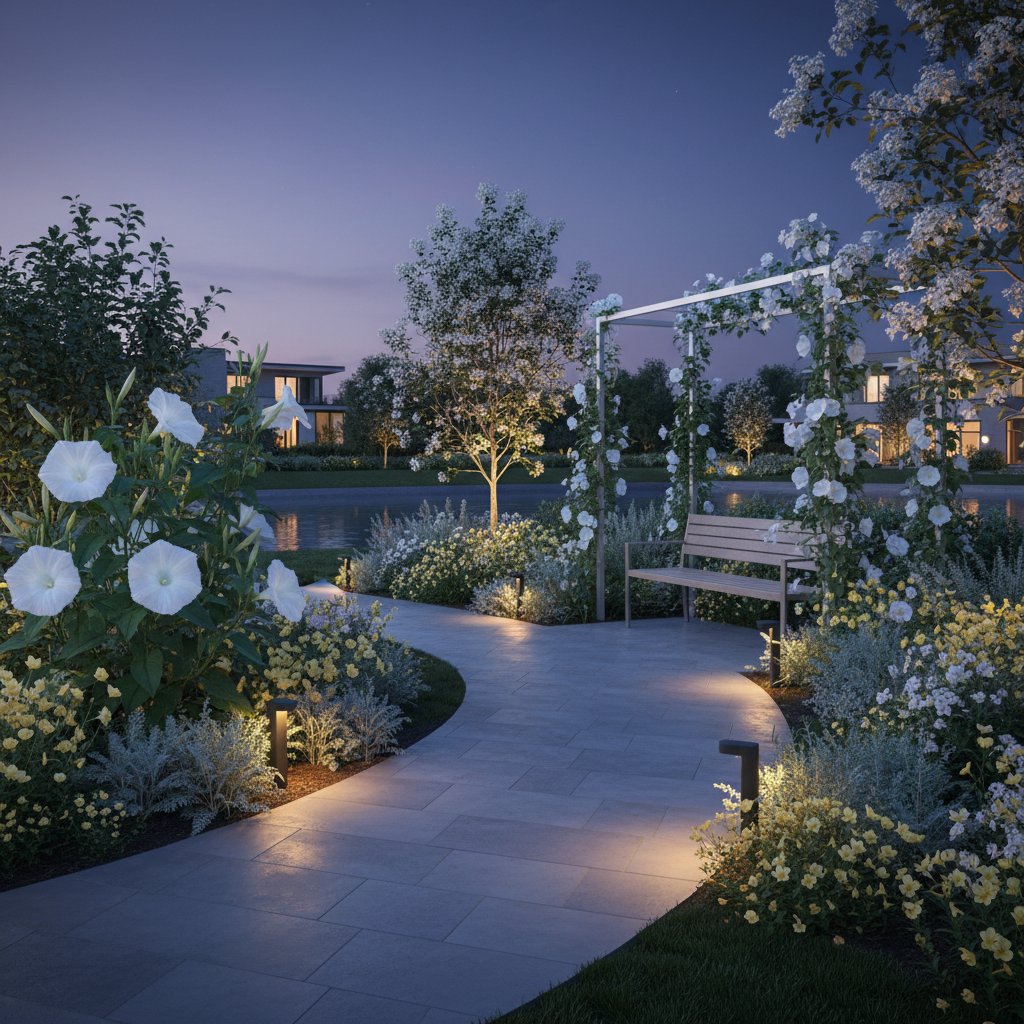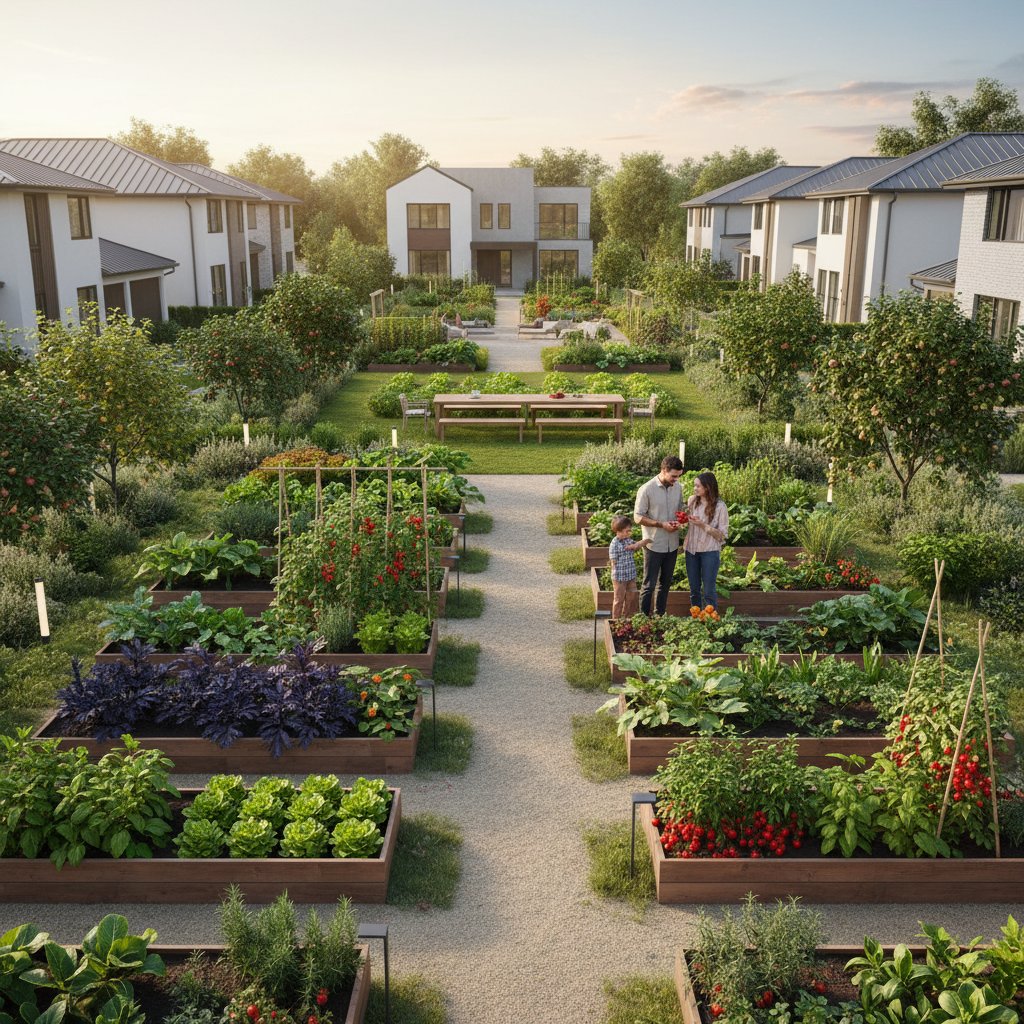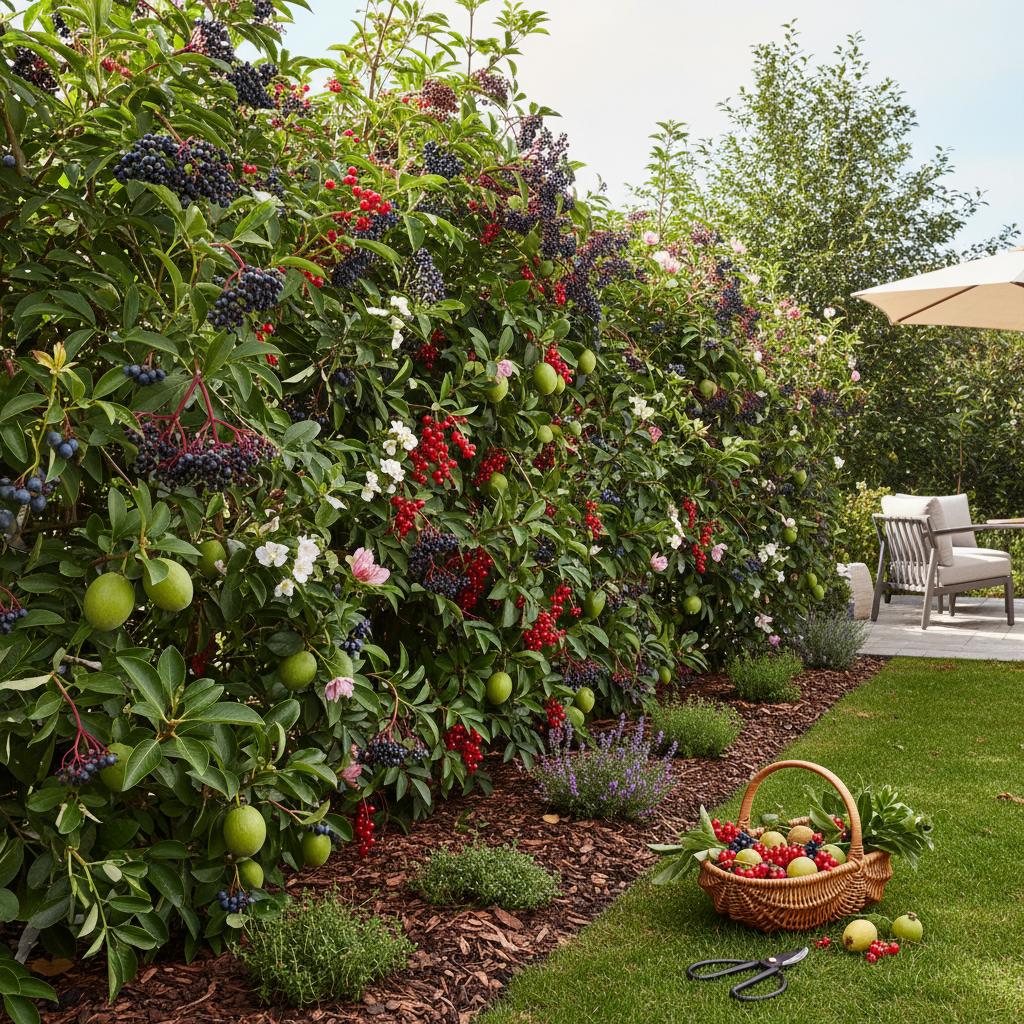Edible Front Yards: The 2025 Landscaping Revolution
Every neighborhood features at least one yard that draws admiration from passersby. It might showcase vibrant flowering shrubs or the serene arrangement of stones and grasses. In recent years, however, homeowners increasingly focus on designs that offer more than visual appeal: front yards that provide nourishment. The edible front yard emerges as a subtle yet transformative shift in landscaping, merging functionality with aesthetic refinement.
The Changing Face of the Front Yard
Traditionally, front yards serve as formal displays, often consisting of manicured green lawns framed by standard border plantings. Such setups provide charm but limit opportunities for individuality or utility. Edible landscaping redefines this space by integrating ornamental and productive plants while maintaining an air of sophistication and invitation.
An edible front yard avoids the appearance of a utilitarian farm with towering corn stalks or expansive vegetable beds encroaching on pathways. Rather, it adheres to established landscape architecture principles, substituting select non-productive elements with fruit-bearing, herb-rich, or vegetable varieties. This approach yields a garden as polished as any conventional one, yet enriched with ongoing interaction and yield.
Blending Beauty and Function
Success in edible landscaping hinges on achieving equilibrium between aesthetics and productivity. The objective remains to enhance rather than dominate the front yard with agricultural elements, ensuring that visual allure and practical output harmonize seamlessly.
Consider these strategies for creating a cohesive layout:
- Layered planting: Position taller fruiting shrubs or compact trees toward the rear, mid-level herbs or greens in the middle, and vibrant edible flowers along the foreground.
- Color harmony: Pair purple basil with lavender for gentle contrast, or combine silver sage alongside deep green kale to evoke natural depth.
- Texture variety: Integrate the soft foliage of lettuce with the coarser leaves of artichoke or rosemary to build multidimensional interest.
Executed with care, this design appears deliberate and graceful. Guests may overlook the edible aspects until informed, appreciating the subtle integration.
Ornamentals That Feed You
Certain plants effortlessly combine ornamental value with edibility, serving as ideal candidates for front yard integration. Blueberries offer upright structure, lustrous foliage, and vivid fall hues. Swiss chard contributes striking stems in shades of red, yellow, and orange, adding seasonal vibrancy.
Herbs such as thyme or oregano trail elegantly over edges, releasing aromatic notes into the air. Recommended selections that align well with curb-side aesthetics include:
- Kale: Suited to cooler climates, with diverse leaf shapes and colors ranging from deep green to frilled purple varieties.
- Strawberries: Function as low-growing cover, producing sweet berries in spring and summer.
- Figs or dwarf apples: Provide vertical accent and year-round appeal through fruit and branching patterns.
- Rosemary and lavender: Offer durability, scent, and persistent green foliage.
- Nasturtiums and calendula: Deliver bright blooms for salads while drawing beneficial insects.
This combination of forms, shades, and fragrances infuses the yard with dynamic vitality throughout the year.
Design Principles for Harmony
Edible front yards adhere to core ornamental garden tenets to ensure unity. Repetition fosters visual continuity, while flowing curves promote approachability. Clear boundaries maintain order, particularly as plants evolve in size and form across seasons.
Initiate with groupings of two or three compatible species for rhythm. For instance, intersperse blueberry shrubs with rosemary hedges to establish a repeating motif. Beneath them, plant a border of lettuce or spinach that shifts with harvests. Approach the project from a design perspective, prioritizing placement that accommodates plant requirements alongside compositional balance.
Small Starts with Big Rewards
For those new to the concept, commence modestly to build confidence. Substitute a lawn section adjacent to the entrance with a cluster of herbs, or install a brick-bordered raised bed coordinated with your home's exterior. Monitor the impact on ambiance, noting increased insect activity, enhanced aromas, and the fulfillment derived from gathering fresh produce.
Gradually incorporate elements like vertical supports for vining peas or wall-trained fruit varieties. Each enhancement integrates organically, amplifying the yard's role without disrupting its established character.
Living with an Edible Landscape
Beyond aesthetics, an edible front yard introduces a cadence to everyday routines. It heightens seasonal awareness, sharpens environmental attentiveness, and encourages stewardship of soil and flora. The yard evolves into a social catalyst, an educational resource for family members, and a testament to the synergy of form and function.
Steps to Create Your Edible Front Yard
Envision your front yard as an adaptable canvas ready for incremental development. Select initial edible plants that complement your current scheme, considering sunlight exposure, soil type, and drainage patterns. Maintain unity through consistent motifs in hue and form. Above all, embrace the journey: this practice revives gardens as multifaceted spaces that sustain both palate and panorama.



